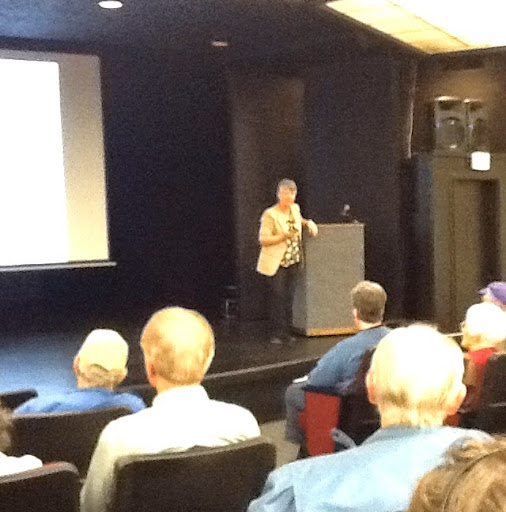In reconstructing the file of my supposed Flanagan descendant—Johanna,
wife of John Lee of Chicago—I
need to start with what I know. That means show and tell time for Exhibit A of
the genealogist’s tool box: federal census records.
While I know that Johanna was born a Flanagan in Ireland—most
likely somewhere in or near Parish Ballyagran in County Limerick, the declared
home of her uncle William Flanagan—I cannot find her anywhere before the 1880 census.
By that time, thirty one year old Johanna was married to
John Lee, and was the mother of three sons: William, George and John. The
youngest, John, happened to be just a baby then, and the 1880 census allowed
for such infants’ birth months to be documented in the column following their
age. However, what looks like an entry that reads “June” does not compute with
the fractional age given by the enumerator: 7/12. Counting backwards from the
date the census record was taken, June 3, would yield a birth month preceding
November 3, 1879—much closer, as we’ll find, to young John’s actual date of
birth on October 24, 1879.
By the time of the next census—and we pause here to again mourn
the loss of the 1890 record—there were changes in the Lee household. While in
1880, the family lived in a house on Fourteenth
Street in Chicago, by the time of the 1900 census, they
now lived in South
Town district on Lowe Avenue.
Greater than that change is the situation Johanna found
herself in: now fifty one years of age, she was a widow, head of a household
comprised of four sons and three daughters. The oldest, William, was now twenty
four. Joining the family after then-baby John was now-eighteen year old Lillie,
seventeen year old Edward, fourteen year old Deborah, and twelve year old Mary.
I learned from this census that Johanna had been the mother
of ten children in all, of which only these seven now remained. The census gave
the year of immigration for Johanna as 1868. Though she was listed as
unemployed in the census, all but her two youngest daughters—still in school—and
her son John were engaged in occupational endeavors for most of the previous
year. Perhaps that was how the family was able to keep up on the mortgage for
their home.
What had become of Johanna’s husband, I have yet to
discover. Searching for someone with a name like John Lee in Chicago can be a tricky feat. All I can
figure at this point is that his date of death—if, indeed, that is what
actually befell the man before this census was taken—could be no sooner than mid-summer
of 1887. And no, it isn’t as easy as inquiring at the cemetery in which Johanna
was buried—that family plot actually belonged to her uncle William Flanagan,
and included no record of anyone else by the surname Lee.
This was the last census record in which Johanna appeared.
As we saw yesterday, Johanna herself passed away on June 11, 1909—too soon to gain
any record-keeping perks from the otherwise thoroughly modern Cook County
bureaucrats. Thanks to City of Chicago
birth records for John and Johanna Lee's children, though, we are able to glean confirmation of Johanna’s maiden
name, which we will review tomorrow.








